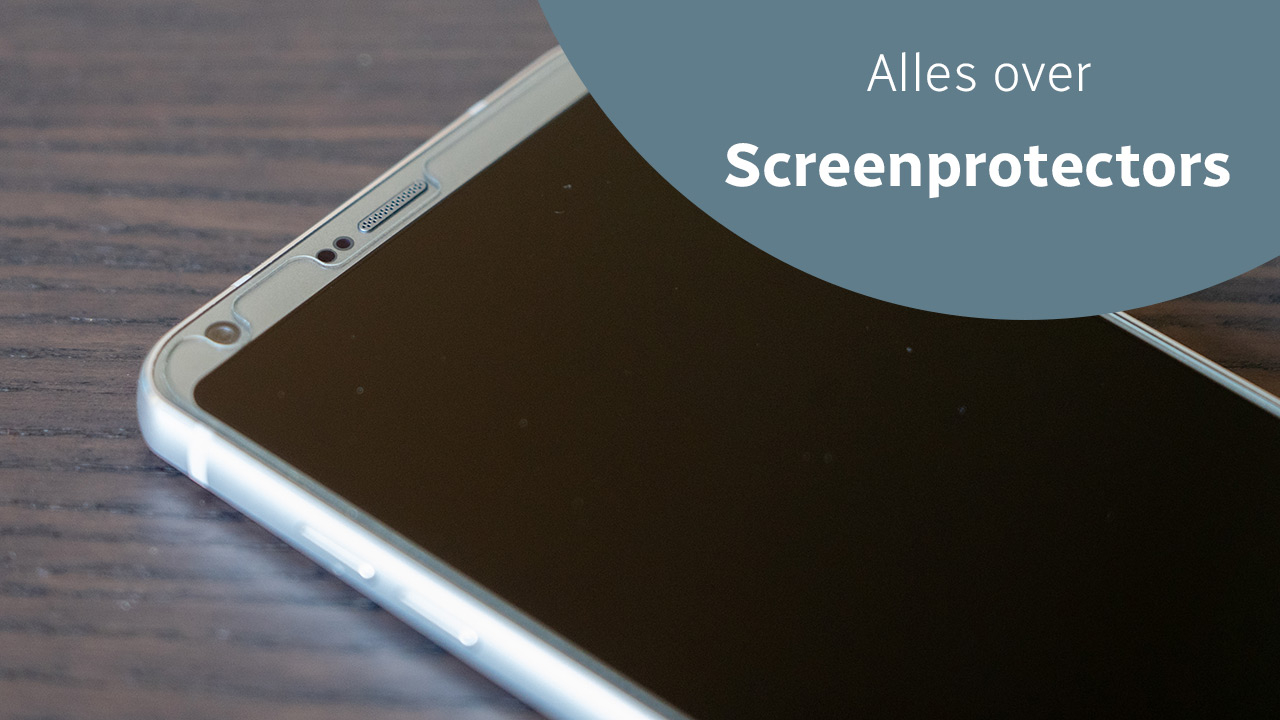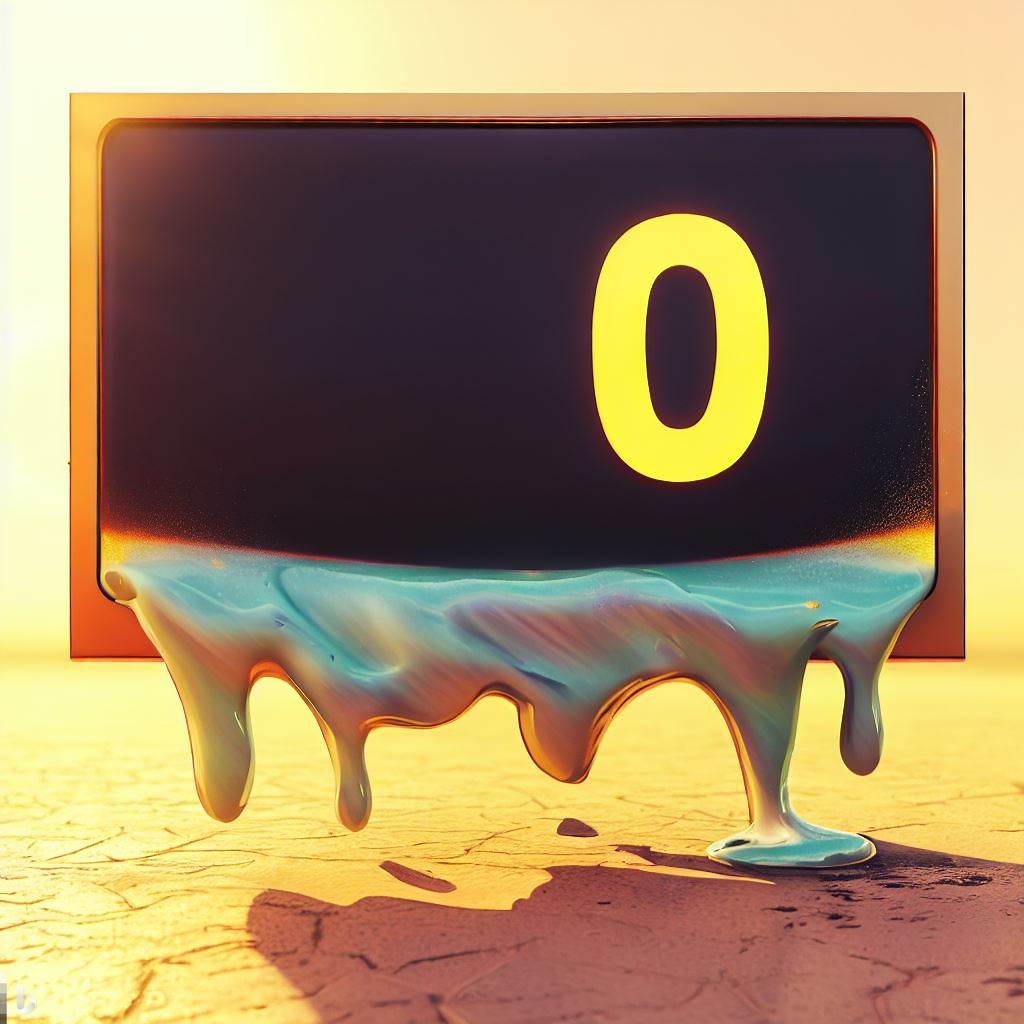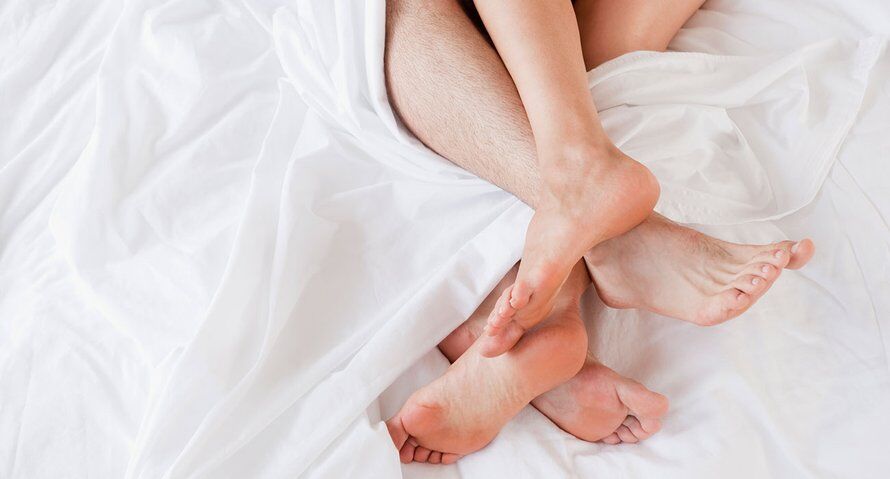this is how you choose the best
Do you want to protect the screen of your smartphone in a relatively cheap and nice way? Then a screen protector is a good investment. But what do you choose? Plastic or glass? And what’s the best way to place it?
Contents
Screen protector for your smartphone
Do you – like me – hate it when your recently purchased smartphone already shows light scratches on the screen? It doesn’t always have to stand out in daily use, but you know it’s there, so you’ll see it more often. A screen protector can already take away this misery. In addition, depending on the chosen screen foil, extra protection can also be offered when your device falls. Because it is better to have damage to your screen protector than to your screen itself.
Glass or plastic?
What is the best choice for a screen protector? You can basically choose from two types of screen foils; plastic or glass. My personal preference is always for glass, or a tempered glass screen protector. These are much sturdier, better absorb the blow in the event of a fall and they also offer better protection against scratches. When the device falls incorrectly, this can have unsightly consequences for the glass screen protector, but the screen of your phone often remains intact because a glass protector stands out from the first blow. Especially if you combine a screen protector with a case, such as a bumper that protects the back and side. In addition, a glass screen protector is easier to apply. Another advantage is that the price difference compared to a plastic screen foil is small these days. Some plastic screen films are also very sensitive to dust, which adheres to the protector.
A plastic screen protector is a light protection for the display of your smartphone. These can easily scratch themselves and they also do not protect if your device falls. This makes it much more likely that your phone screen will also be shattered in the event of a fall. It also ensures that there is a different kind of layer over the screen, which feels plastic and possibly a bit viscous, which is not always pleasant. Another point of attention of a plastic screen protector is that applying such a protector is somewhat more difficult.
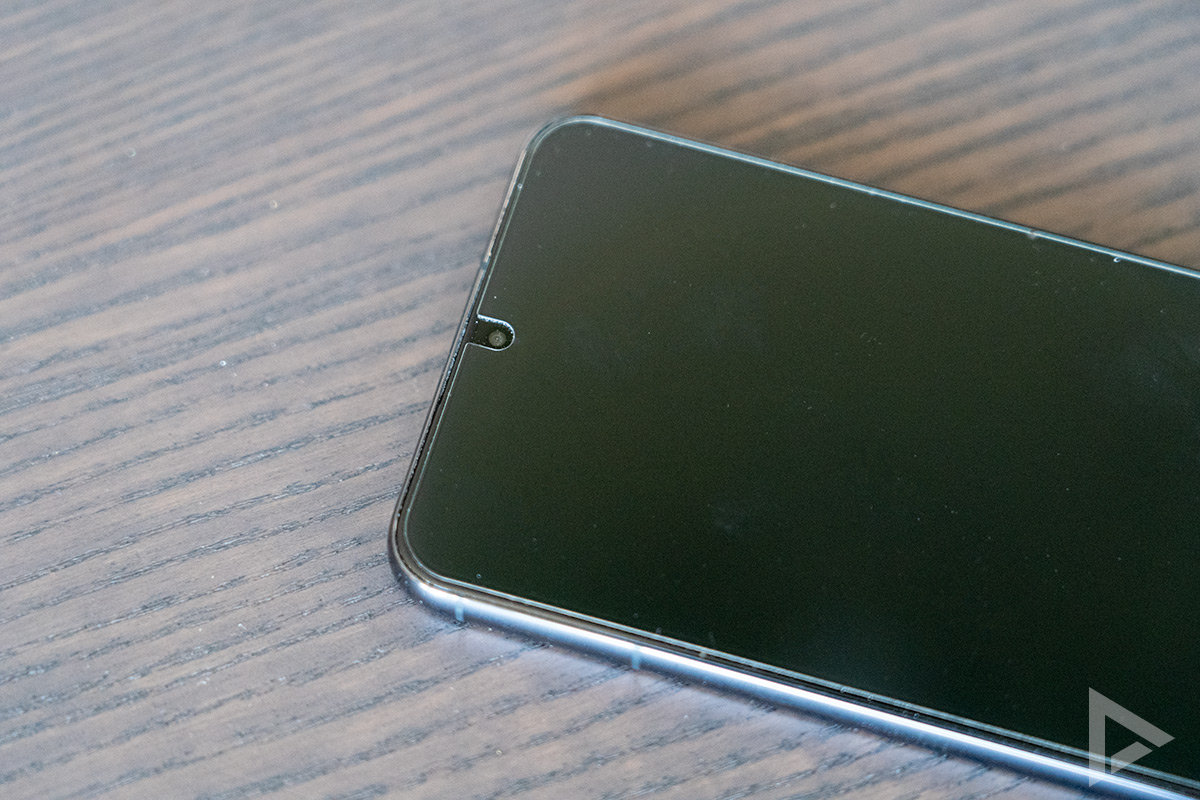
Then there are also some other types of screen protectors. Consider, for example, Whitestone Dome. This is a manufacturer that is a lot more expensive to purchase (sometimes as much as 50 euros), and which you apply in a different way. It can be seen as liquid glass, spreading across the screen. The application is a precise job, where you have to make sure that it does not end up in the ports or, for example, the speaker. The glass can be hardened by means of the UV lamp. Not everyone is a fan of it. For example, removing such a screen protector is usually a lot more difficult, and not everyone is equally positive in the long term. However, it can be a solution for devices with a continuous screen on the sides. A glass screen protector is hardly recommended for this, because they rarely adhere really well to the edges.
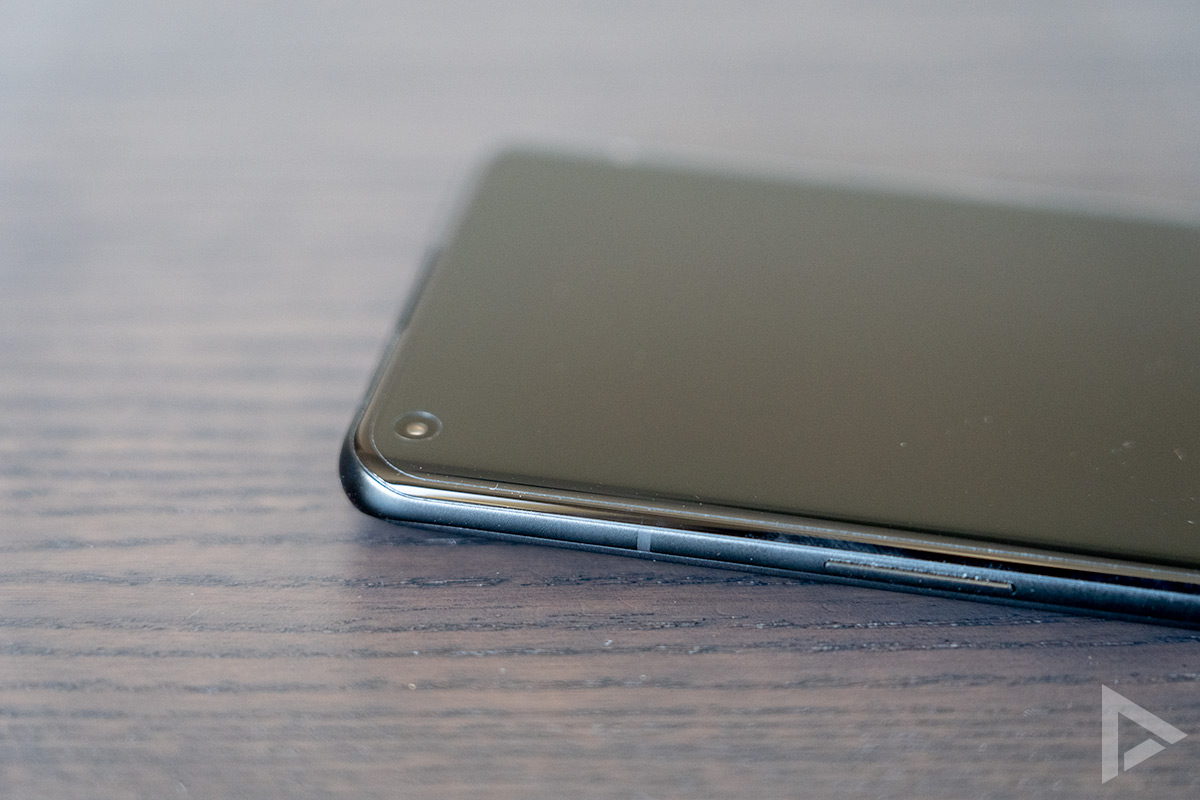
Fingerprint scanner
A frequently heard problem is the use of a screen protector (especially glass) in combination with a fingerprint scanner in the screen. However, this certainly does not always have to be a problem. Some screen protectors provide an opening in the plastic or glass for the fingerprint scanner. Personally, I think that looks very ugly. However, in most cases you can also simply use the fingerprint scanner when it is covered with a protector. It is advisable to add the fingerprint again to the settings after placing the protector, so that it can be scanned again. I’ve never had a screen protector that stopped the fingerprint scanner from working.
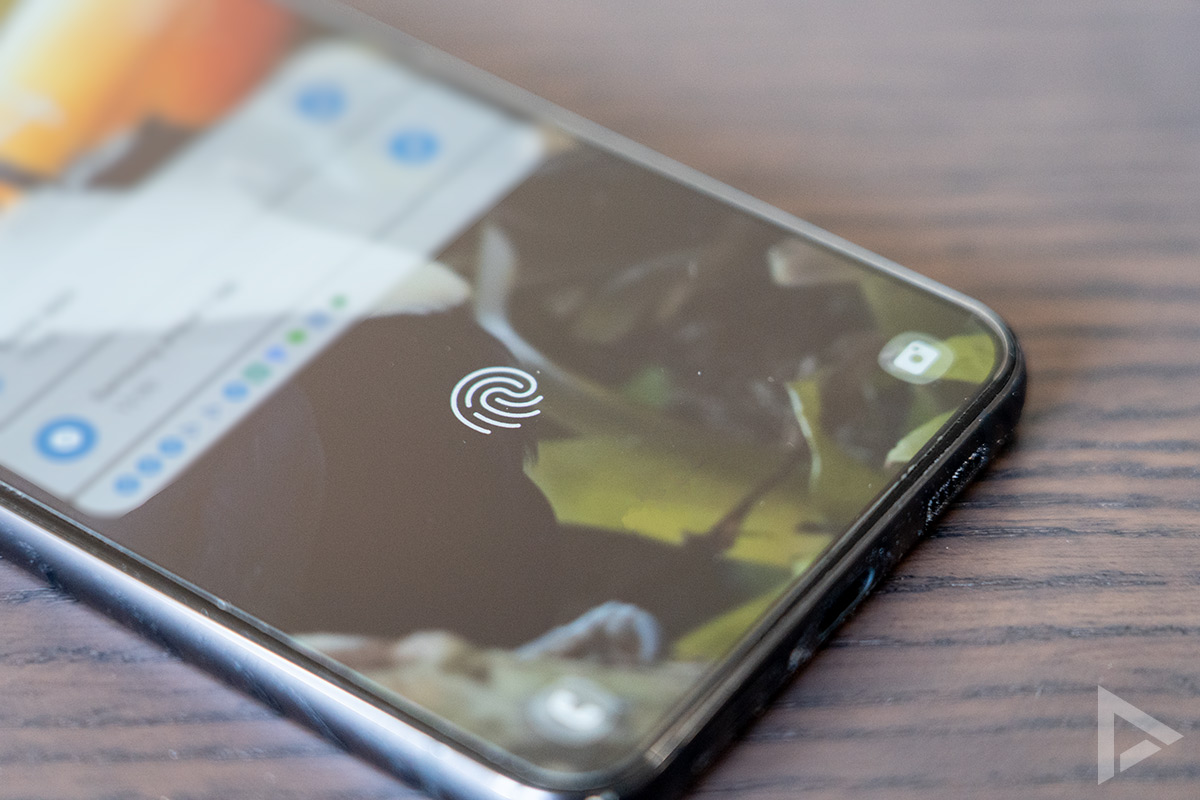
Protection of the screen
Good to know is that many smartphone manufacturers use good glass in the screens of smartphones, which can withstand quite a bit. Think of Gorilla Glass and other terms that are used. All nice and nice; you don’t always have something to do with it. The Mohs scale is used. This indicates the hardness of a certain product. Certainly the more expensive smartphones have a higher hardness of the screen. This is often 6, sometimes 5. Manufacturers often do not provide this information, so it cannot always be checked. With a Mohs hardness of 2, you end up with gypsum, for example. You can scratch it with the nail of your finger. Diamond has a hardness of 10. This is the hardest hardness and therefore hardly scratchable.
It often sounds like your screen can handle quite a bit with all those (marketing) terms such as Gorilla Glass. However, this kite does not always work. A screen can usually still withstand keys or coins, for example, but sand is the biggest culprit. This can be anywhere, and therefore also in your pocket, where you often put your smartphone away. With a hardness of approximately 7 or 8 Mohs, this is disastrous for your smartphone and often causes unsightly scratches. Shame.
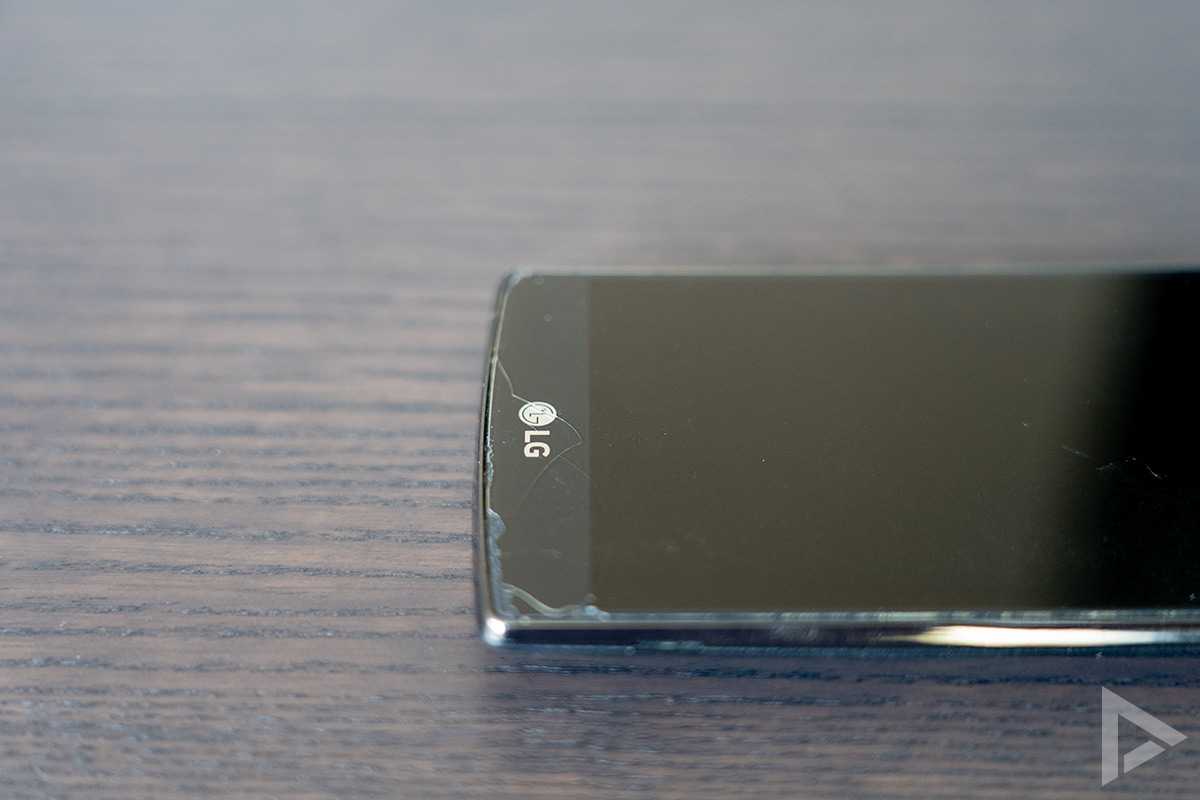
Additional options
There are different types of screen protectors on the market. In addition to the standard options, you can often also opt for a special screen protector, one that adds extra functionality. You can think of a screen protector with a special coating against bacteria. This should (in theory) limit the spread and growth of bacteria. It is not known to what extent this really helps.
Another property that a screen protector can have has to do with privacy. So-called privacy screen protectors make it possible that you can only view the screen from the front. Handy on the train, that someone sitting next to you can’t just watch what you’re doing on your screen. These screen plates are dark in color, compared to a normal screen protector.
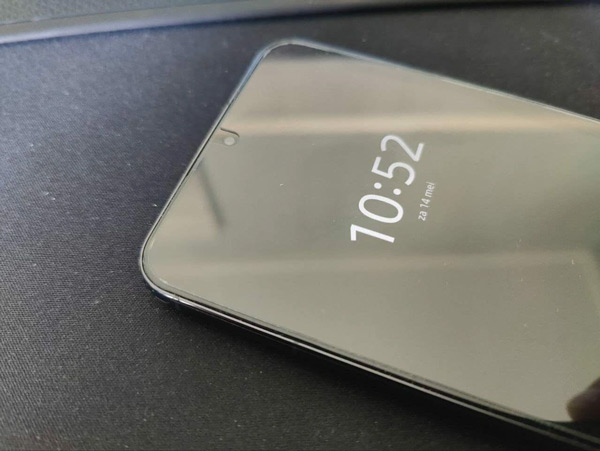
Lens protection
Another option you can choose is to protect the lenses of your camera. Sometimes these are already included with the purchase of a screen protector. When this is the case, it will always be mentioned. I never use this myself. Often an extra layer (especially an adhesive layer) over the lens of your camera does not benefit the photo quality. There is often a slightly raised edge around the camera lens of your smartphone, which also provides some protection. In any case, I myself have never had scratches on the camera on a smartphone.
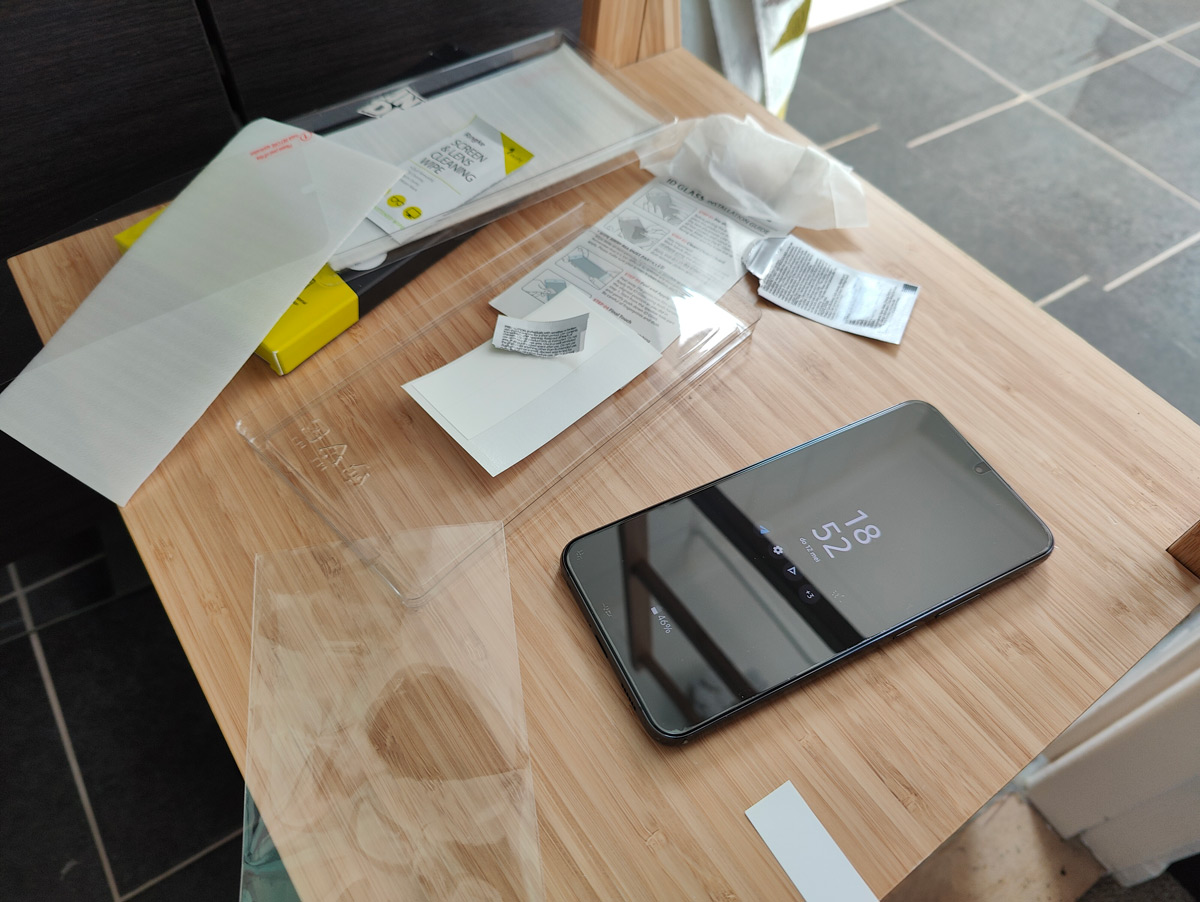
How do I apply a screen protector?
Not totally unimportant; applying the new screen protector can be quite a job. My tip; always stick it in the bathroom. Now you may be thinking, what does this mean? But dust under your screen foil is disastrous. You always see it. One time more disturbing than the other time. By turning on the hot shower a few seconds before sticking it, the dust in the air disappears as much as possible. Don’t hold the phone in the shower, of course.
Prepare the screen protector and follow the steps below; it will be fine. If there is already a screen protector on your device from the factory, remove it first before installing a new one.
- To minimize the chance of dust or bubbles between the screen and the screen protector, it is most convenient to do this in the bathroom.
- Remove everything you need from the screen protector packaging. Often this includes an alcohol wipe and adhesive stickers. Are you currently using a case on your phone? Then remove it and make sure that the device is on a surface that is as flat as possible. No stickers included? Then take the tape roll holder and stick a piece of tape double.
- Clean the screen well with the alcohol wipes.
- If a dust cloth is included, use that too.
- Then use the stickers or tapes to adhere everything to the front of the smartphone from fabric.
- Glance across the screen; no dust or anything?
- Then remove the foil from the screen protector and let the (glass) screen protector ‘fall’ onto the screen. You will see that the screen protector adheres to the device. Is it straight, are you satisfied? Then you can press it.
- Chances are you will see air bubbles. You can get rid of this by using a credit card, debit card or simply sliding / pushing the bubbles to the side with your fingers. Sometimes it can take a few hours for other bubbles to disappear as well.
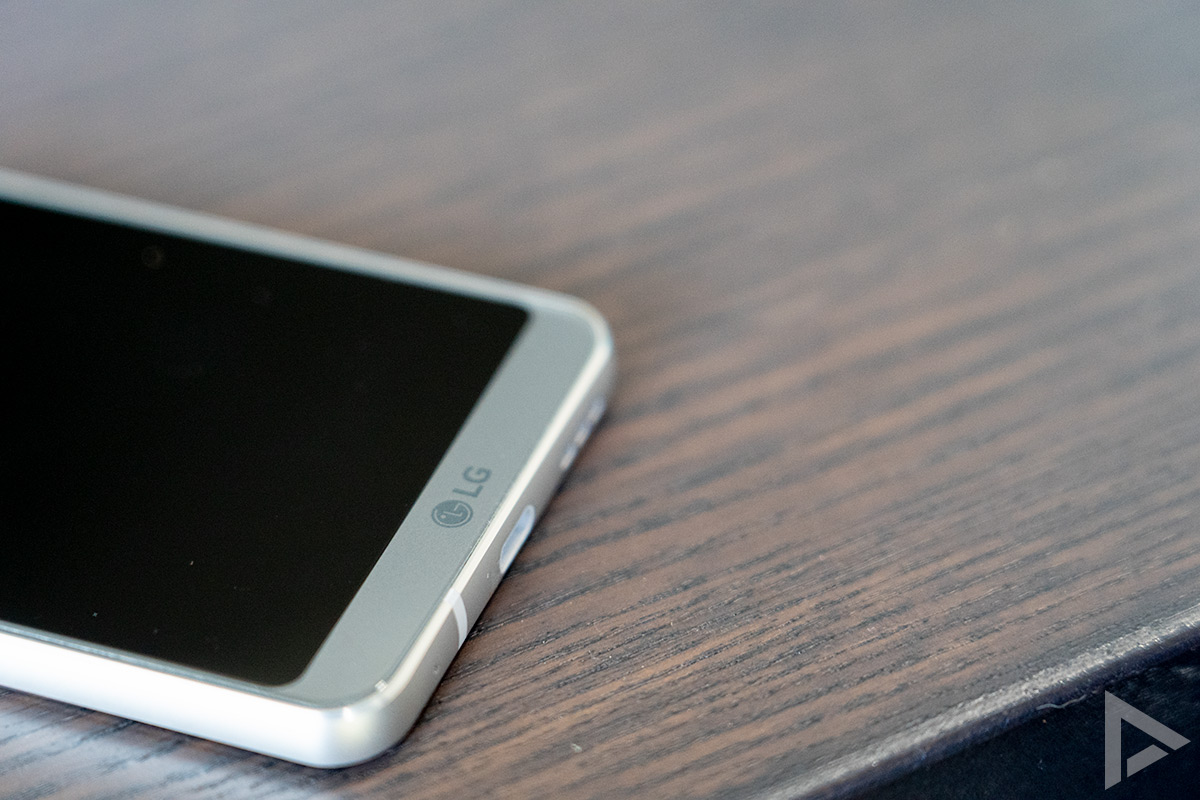
Which one should I choose?
There is a lot to choose from when it comes to screen films. As said, I would always opt for a glass screen protector. With some you have to pay extra attention to whether or not there is an opening for the fingerprint, and whether there are no black edges on the edges, which you may find disturbing.
There is not the same choice for every smartphone. You will see that, for example, there is a lot of choice for Samsung’s Galaxy models, while for a Motorola you have to dig a little deeper. If possible, choose a good brand; And especially; check the reviews of a product. You often get a good idea of how good a product really is, which can certainly vary quite a bit with screen protectors.
We have listed a number of shops where you have a good choice of screen protectors (often for not too much money);
